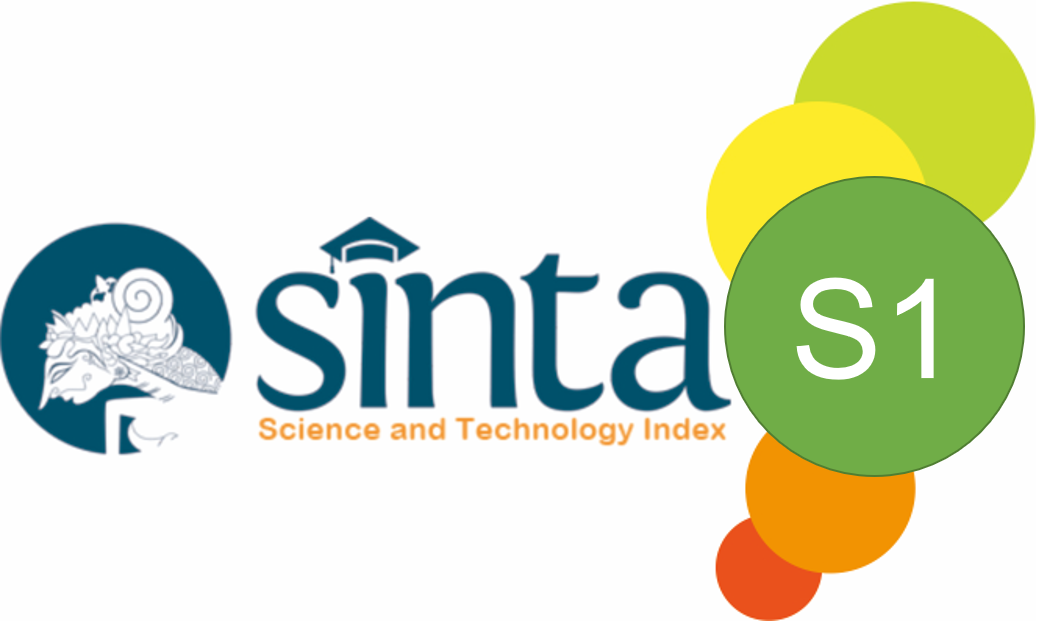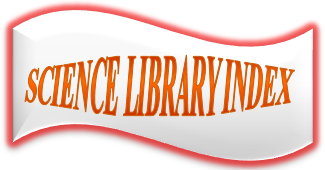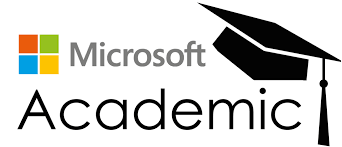Antibiotic Removal from Wastewater via Ceramic Membrane Distillation: Toward Clean Water and Antimicrobial Resistance Mitigation Aligned with Sustainable Development Goals (SDGs)
Abstract
Keywords
Full Text:
PDFReferences
Alemkere, G., Tenna, A., and Engidawork, E. (2019). Antibiotic use practice and predictors of hospital outcome among patients with systemic bacterial infection: Identifying targets for antibiotic and health care resource stewardship. Plos One, 14(2), e0212661.
Van Boeckel, T. P., Brower, C., Gilbert, M., Grenfell, B. T., Levin, S. A., Robinson, T. P., Teillant, A., and Laxminarayan, R. (2015). Global trends in antimicrobial use in food animals. Proceedings of the National Academy of Sciences, 112(18), 5649–5654.
Danner, M.-C., Robertson, A., Behrends, V., and Reiss, J. (2019). Antibiotic pollution in surface fresh waters: Occurrence and effects. Science of The Total Environment, 664, 793–804.
Grill, M. F., and Maganti, R. K. (2011). Neurotoxic effects associated with antibiotic use: Management considerations. British Journal of Clinical Pharmacology, 72(3), 381–393.
Kraemer, S. A., Ramachandran, A., and Perron, G. G. (2019). Antibiotic pollution in the environment: From microbial ecology to public policy. Microorganisms, 7(6), 180.
Collignon, P., Beggs, J. J., Walsh, T. R., Gandra, S., and Laxminarayan, R. (2018). Anthropological and socioeconomic factors contributing to global antimicrobial resistance: A univariate and multivariable analysis. The Lancet Planetary Health, 2(9), e398–e405.
Omidvar, M., Soltanieh, M., Mousavi, S. M., Saljoughi, E., Moarefian, A., and Saffaran, H. (2015). Preparation of hydrophilic nanofiltration membranes for removal of pharmaceuticals from water. Journal of Environmental Health Science and Engineering, 13(1), 42.
Zazouli, M. A., Susanto, H., Nasseri, S., and Ulbricht, M. (2009). Influences of solution chemistry and polymeric natural organic matter on the removal of aquatic pharmaceutical residuals by nanofiltration. Water Research, 43(13), 3270–3280.
Zhao, S., Ba, C., Yao, Y., Zheng, W., Economy, J., and Wang, P. (2018). Removal of antibiotics using polyethylenimine cross-linked nanofiltration membranes: Relating membrane performance to surface charge characteristics. Chemical Engineering Journal, 335, 101–109.
Alonso, J. J. S., El Kori, N., Melián-Martel, N., and Del Río-Gamero, B. (2018). Removal of ciprofloxacin from seawater by reverse osmosis. Journal of Environmental Management, 217, 337–345.
Gholami, M., Mirzaei, R., Kalantary, R. R., Sabzali, A., and Gatei, F. (2012). Performance evaluation of reverse osmosis technology for selected antibiotics removal from synthetic pharmaceutical wastewater. Iranian Journal of Environmental Health Science and Engineering, 9(1), 19.
Homem, V., and Santos, L. (2011). Degradation and removal methods of antibiotics from aqueous matrices – A review. Journal of Environmental Management, 92(10), 2304–2347.
Shi, L., Hu, Z., Wang, Y., Bei, E., Lens, P. N. L., Thomas, O., Hu, Y., Chen, C., and Zhan, X. (2021). In situ electrochemical oxidation in electrodialysis for antibiotics removal during nutrient recovery from pig manure digestate. Chemical Engineering Journal, 413, 127485
Guo, J., Fortunato, L., Deka, B. J., Jeong, S., and An, A. K. (2020). Elucidating the fouling mechanism in pharmaceutical wastewater treatment by membrane distillation. Desalination, 475, 114148.
Guo, J., Farid, M. U., Lee, E.-J., Yan, D. Y.-S., Jeong, S., and Kyoungjin An, A. (2018). Fouling behavior of negatively charged PVDF membrane in membrane distillation for the removal of antibiotics from wastewater. Journal of Membrane Science, 551, 12–19.
Yadav, A., Yadav, P., Labhasetwar, P. K., and Shahi, V. K. (2021). CNT functionalized ZIF-8 impregnated poly (vinylidene fluoride-co-hexafluoropropylene) mixed matrix membranes for antibiotics removal from pharmaceutical industry wastewater by vacuum membrane distillation. Journal of Environmental Chemical Engineering, 9(6), 106560.
Patel, M., Kumar, R., Kishor, K., Mlsna, T., Pittman, C. U., and Mohan, D. (2019). Pharmaceuticals of emerging concern in aquatic systems: Chemistry, occurrence, effects, and removal methods. Chemical Reviews, 119(6), 3510–3673.
Bin Bandar, K., Alsubei, M. D., Aljlil, S. A., Bin Darwish, N., and Hilal, N. (2021). Membrane distillation process application using a novel ceramic membrane for Brackish water desalination. Desalination, 500, 114906.
Vieira, L. B., Casimiro, M. W., and Santos, R. G. (2018). Surface tension of aqueous amoxicillin + peg systems. Colloid and Interface Science Communications, 24, 93–97.
Jangde, M., Chatterjee, S. K., Jain, M., Ghosh, S., Jangde, R., and Sinha, D. (2022). The effect of temperature on the critical micelle concentration and micellar solubilization of poorly water-soluble drugs. Biosciences Biotechnology Research Asia, 19(4), 1045–1050.
Rahmah, F.A., Nurlaela, N., Anugrah, R., and Putri, Y.A.R. (2024). Safe food treatment technology: The key to realizing the sustainable development goals (SDGs) zero hunger and optimal health. ASEAN Journal of Agricultural and Food Engineering, 3(1), 57-66.
Keisyafa, A., Sunarya, D.N., Aghniya, S.M., and Maula, S.P. (2024). Analysis of student’s awareness of sustainable diet in reducing carbon footprint to support sustainable development goals (SDGs) 2030. ASEAN Journal of Agricultural and Food Engineering, 3(1), 67-74.
Haq, M.R.I., Nurhaliza, D.V., Rahmat, L.N., and Ruchiat, R.N.A. (2024). The influence of environmentally friendly packaging on consumer interest in implementing zero waste in the food industry to meet sustainable development goals (SDGs) needs. ASEAN Journal of Economic and Economic Education, 3(2), 111-116.
Gemil, K.W., Na’ila, D.S., Ardila, N.Z., and Sarahah, Z.U. (2024). The relationship of vocational education skills in agribusiness processing agricultural products in achieving sustainable development goals (SDGs). ASEAN Journal of Science and Engineering Education, 4(2), 181-192.
Nurnabila, A.T., Basnur, J., Rismayani, R., Ramadhani, S., and Zulhilmi, Z. (2023). Analysis of the application of mediterranean diet patterns on sustainability to support the achievement of sustainable development goals (SDGs): Zero hunger, good health and well beings, responsible consumption, and production. ASEAN Journal of Agricultural and Food Engineering, 2(2), 105-112.
Awalussillmi, I., Febriyana, K.R., Padilah, N., and Saadah, N.A. (2023). Efforts to improve sustainable development goals (SDGs) through education on diversification of food using infographic: Animal and vegetable protein. ASEAN Journal of Agricultural and Food Engineering, 2(2), 113-120.
DOI: https://doi.org/10.17509/ijost.v10i3.86869
Refbacks
- There are currently no refbacks.
Copyright (c) 2025 Universitas Pendidikan Indonesia

This work is licensed under a Creative Commons Attribution-ShareAlike 4.0 International License.
Indonesian Journal of Science and Technology is published by UPI.
View My Stats





















